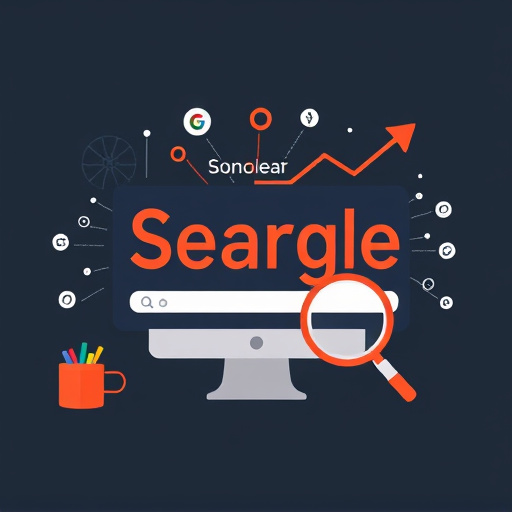Responsive web design is essential for modern digital strategies targeting specific locations like Frisco, enhancing user experience, SEO rankings, and engagement, ultimately driving business growth in competitive markets like Dallas. By adopting mobile-first practices, clean layouts, flexible grids, and early testing, a well-designed responsive site can improve search engine optimization and attract more visitors.
In today’s mobile-first world, ensuring a seamless user experience through responsive web design is paramount. This article guides you through essential tips for optimizing navigation in the context of responsive web design. We’ll explore key strategies to enhance ease and efficiency on smaller screens. By implementing best practices for user-friendly layouts, you can significantly improve user engagement and satisfaction across diverse devices. Discover how these techniques transform your website into a truly responsive and accessible digital experience.
- Understanding Responsive Web Design Essentials
- Optimizing Mobile Navigation for Ease and Efficiency
- Best Practices for User-Friendly Layouts on Small Screens
Understanding Responsive Web Design Essentials

Responsive web design is a crucial aspect of modern digital strategy, ensuring that websites seamlessly adapt to various devices and screen sizes. When crafting an online presence, especially for businesses targeting specific locations like Frisco, understanding this concept is paramount. A responsive site provides an optimal user experience, from desktops to tablets and smartphones, without sacrificing functionality or performance.
By adopting responsive web design principles, local businesses in Frisco can enhance their local SEO efforts. Search engines favor mobile-friendly sites, ranking them higher in search results for users searching for “SEO services near me” or “organic SEO services.” This strategy not only improves online visibility but also encourages potential customers to engage with the brand on a more personal level, ultimately driving conversions and business growth.
Optimizing Mobile Navigation for Ease and Efficiency

In today’s digital era, a seamless mobile navigation experience is paramount for any website aiming for success in the competitive landscape of web design Dallas. With a vast number of users accessing websites exclusively through their smartphones and tablets, optimizing navigation for these platforms is crucial to enhance user satisfaction and improve Google search rankings. A responsive web design approach ensures that the site adapts gracefully to different screen sizes and orientations, making it accessible and easy to navigate on all devices.
By implementing intuitive menus with clear labels, simplifying complex functionalities, and prioritizing fast loading times, website design agencies can dramatically improve the mobile user experience. This strategy not only encourages users to explore more pages but also reduces bounce rates, leading to better engagement metrics. Ultimately, a well-optimized mobile navigation structure is vital for capturing and retaining mobile audiences while driving them towards desired actions on the site, ultimately boosting online visibility and performance.
Best Practices for User-Friendly Layouts on Small Screens

When designing for small screens, user-friendliness becomes paramount. Best practices include ensuring a minimal and clean layout that avoids cluttering the screen with excessive elements. Utilize a mobile-first approach, prioritizing content and functionality for smartphones and tablets before scaling up for larger displays. This means concise navigation menus, clear call-to-action (CTA) buttons, and optimized images to reduce loading times.
Implementing responsive design techniques like flexible grids and media queries is crucial. These tools allow layouts to adapt gracefully to different screen sizes, ensuring that your website remains functional and visually appealing across devices. Additionally, testing on various mobile devices and emulators can help identify and rectify any usability issues early in the development process. Remember, a well-designed responsive web design not only improves user experience but also enhances search engine optimization (SEO), potentially improving Google search rankings and drawing more visitors to your custom website design, especially when crafted by a skilled website designer Davie FL.
In today’s mobile-first world, mastering responsive web design is crucial for creating seamless user experiences across all devices. By understanding essential responsive design principles, optimizing navigation for ease and efficiency, and adhering to best practices for small-screen layouts, developers can ensure their websites are not only accessible but also provide a delightful, intuitive journey for users. These tips empower designers to create dynamic, engaging interfaces that cater to the diverse needs of modern consumers.














